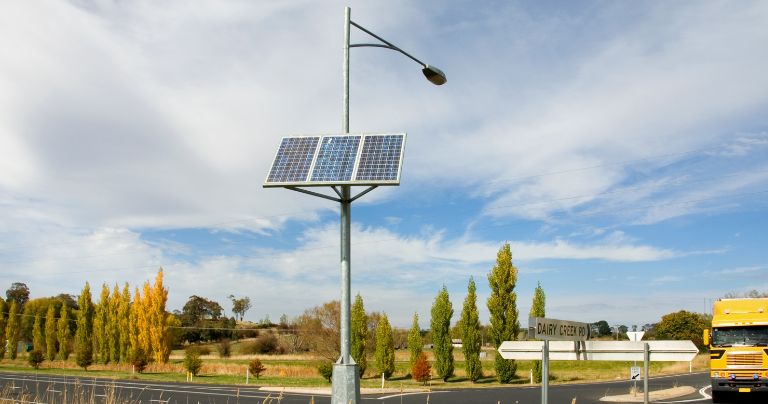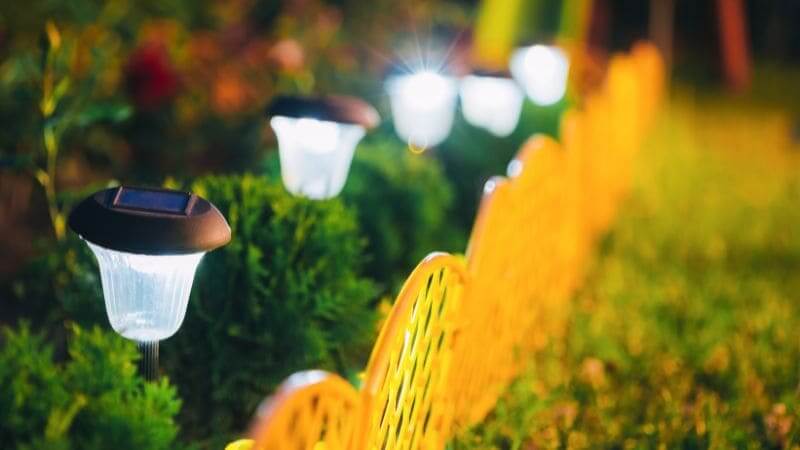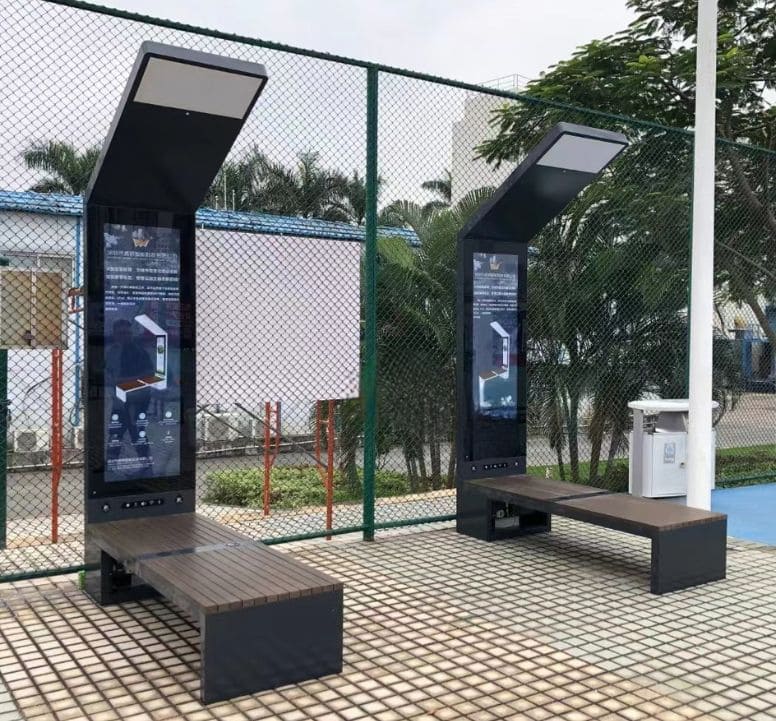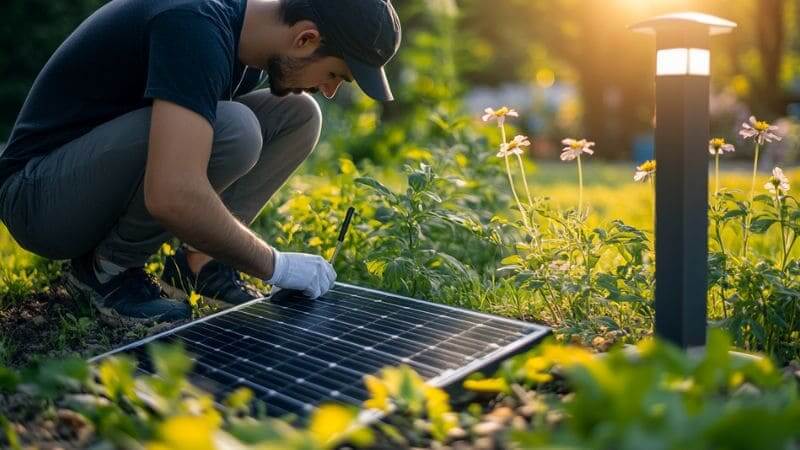In the bustling world of municipal engineering and procurement, the shift towards sustainable solutions like solar street lighting is more than a trend—it’s a responsibility. As the owner of a company specializing in solar charging solutions, I’ve seen firsthand the impact that proper maintenance can have on the longevity and efficiency of these eco-friendly luminaries.
Solar street lights are a cornerstone of modern urban infrastructure, providing reliable, cost-effective illumination powered by the sun. But like any piece of equipment, they require regular upkeep to perform at their best. From cleaning solar panels to checking battery health, a well-maintained solar light is a beacon of efficiency and sustainability.
Maintaining these solar sentinels is not just about functionality—it’s about upholding a commitment to environmental stewardship and urban beautification.
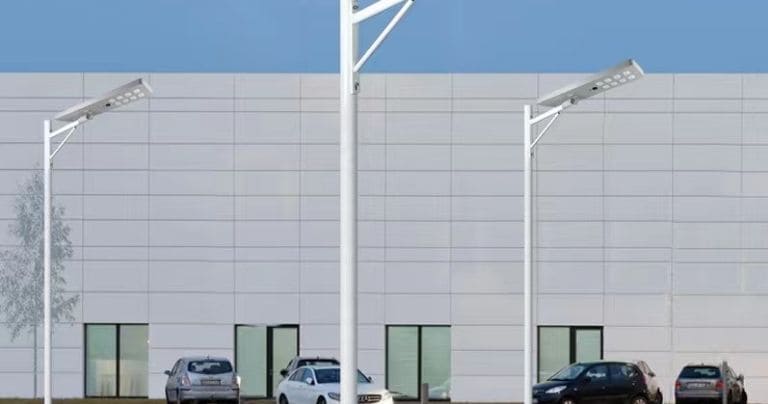
What Does Regular Cleaning Entail for Solar Panels?
Regular cleaning is pivotal for the upkeep of solar panels, especially those installed on street lights. These panels are constantly exposed to the elements, collecting dust, pollen, and other particulates that can obscure their surface and impede their ability to capture sunlight. The result? A significant drop in energy absorption and, consequently, the luminosity of the lights they power.
Establishing a Cleaning Regimen
Frequency and Timing
A solar panel’s cleaning schedule should be as regular as the rising sun. Depending on the environment, this could mean a bi-weekly or monthly routine. The best time for this task is early morning or late afternoon when the sun’s rays are less intense, and the panels are cool, reducing the risk of thermal shock to the glass.
The Right Tools for the Job
Soft, non-abrasive cloths or sponges are the tools of choice, paired with mild, eco-friendly soaps or cleaning agents. Harsh chemicals or abrasive tools are not just enemies of the environment; they can also scratch and damage the solar panels’ protective coatings, leading to a decrease in their performance and lifespan.
The Cleaning Process
Gentle Washing
Begin with a gentle rinse using clean water to wash away loose dirt. Avoid high-pressure hoses that can damage the panels. Then, with your soft cloth, wipe the surface in a circular motion to lift any stubborn grime. For solar street lights, which are often within reach, this process can be done by hand. For larger arrays, specialized tools like long-handled brushes may be necessary.
Rinsing and Drying
After washing, a thorough rinse with clean water is crucial to remove any soapy residue. Letting the panels air dry is usually sufficient, but in areas with hard water, a squeegee can help prevent mineral deposits from leaving marks on the panels.
The Outcome
Regular cleaning not only maintains the efficiency of solar panels but also extends their operational life, ensuring they continue to provide eco-friendly illumination for our streets. It’s a simple yet essential part of the maintenance routine that keeps solar street lights shining bright, night after night.

How Can We Assess and Maintain Battery Health?
The battery, often unseen, plays a crucial role in the seamless operation of solar street lights. It’s the reservoir of the solar energy collected, and its health is synonymous with the reliability of the lighting system. Regular monitoring and maintenance of the battery’s voltage and capacity are essential to preemptively identify and rectify any potential issues, ensuring a consistent and dependable light supply.
Monitoring for Mastery
Understanding Battery Metrics
To keep a solar street light’s battery in peak condition, one must understand the key indicators of battery health. Voltage and capacity are the primary metrics that reflect the state of charge and the battery’s ability to hold that charge over time. Regular monitoring of these can signal when a battery is underperforming and needs attention.
Scheduled Check-Ups
Setting up a schedule for battery inspections is as important as the inspections themselves. These check-ups should include measuring the battery’s voltage to ensure it matches expected levels and checking the capacity to see if it holds the charge as designed. Discrepancies in these readings can indicate the need for maintenance or even a replacement.
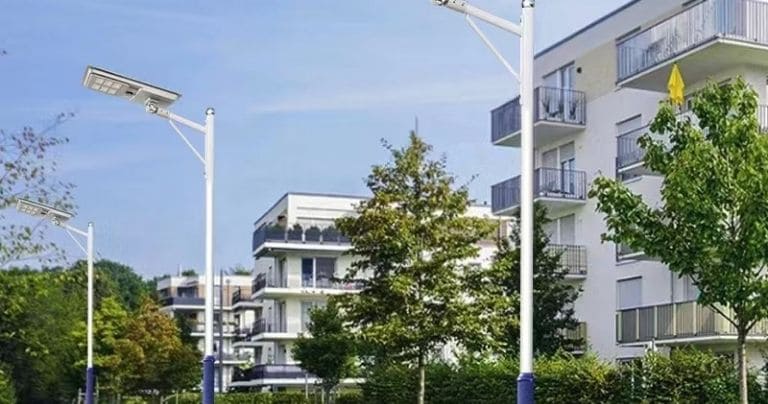
Maintenance and Management
Proactive Care
Maintenance involves keeping the battery terminals clean and ensuring they have a secure connection, free from corrosion. It’s also about managing the load and making sure the battery isn’t being overtaxed by the system’s demands, which can shorten its lifespan.
The Replacement Routine
When a battery does reach the end of its useful life, it’s crucial to replace it promptly to maintain the integrity of the solar street light system. This process should be carried out with care, using the correct type and size of the battery to ensure compatibility and performance.
The Assurance of Autonomy
By diligently assessing and maintaining the battery’s health, we can assure the autonomy of solar street lights. This proactive approach not only prevents outages but also extends the service life of the entire system, reinforcing the reliability of solar as a sustainable lighting solution for our streets.

Is There More to Lamps and Circuits Than Meets the Eye?
At first glance, lamps and circuits might seem like straightforward components of solar street lights, but there’s a complex story behind their glowing presence. These elements are not only vital for the functionality of the lights but also for the overall ambiance they create. Ensuring that every connection is secure and corrosion-free is crucial, not just to prevent technical failures but to maintain the aesthetic integrity of our public spaces.
The Backbone of Brightness
Circuit Health is Light Health
The circuitry within a solar street light is akin to the nervous system in a body—it must be in top condition to ensure the system’s proper functioning. Regular inspections can catch any potential issues, such as loose wires or worn-out components, before they lead to a loss of light.
Aesthetic and Functional Harmony
While functionality is paramount, the visual aspect of the lamps cannot be ignored. A well-designed lamp not only illuminates but also enhances the space it occupies. Regular cleaning and maintenance ensure that the lamps remain visually pleasing while fulfilling their primary role of lighting.
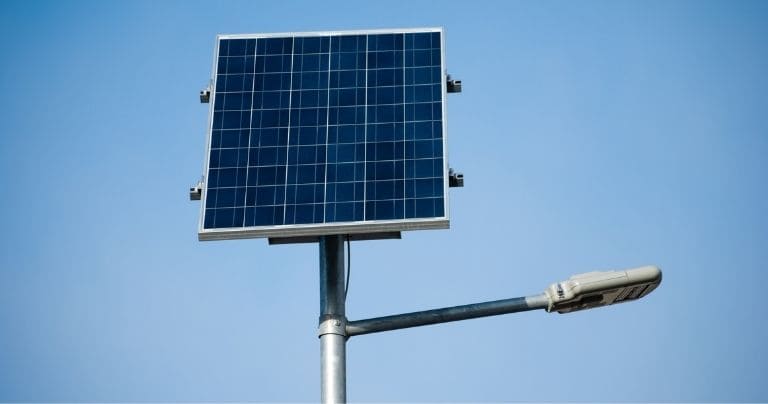
Delving Deeper into Maintenance
Secure and Sound Connections
Each connection point in the lamp’s circuitry is a potential failure point. Ensuring these are tight and secure is essential for uninterrupted service. This includes checking for and addressing any signs of corrosion, which can lead to poor conductivity and eventual failure.
The Role of Weatherproofing
Outdoor lighting is at the mercy of the elements, making weatherproofing an essential aspect of circuit and lamp maintenance. Protective coatings and sealants can prevent moisture ingress, which is a common cause of circuit failure and lamp degradation.
The Resulting Reliability
By paying close attention to the lamps and circuits of solar street lights, we do more than keep the lights on—we ensure a reliable, aesthetically pleasing lighting solution that stands the test of time. This attention to detail is what elevates a simple light into a dependable beacon of safety and beauty in our communities.
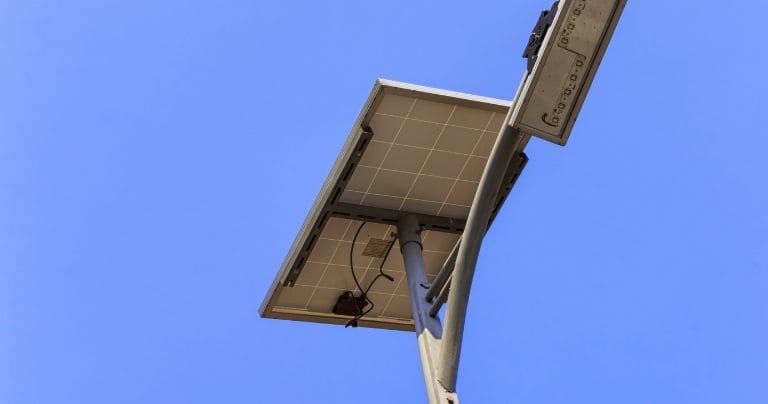
What Role Do Controllers Play in Solar Street Light Efficiency?
Controllers in solar street lights are not just components; they are the central command, the decision-makers that ensure the lights perform efficiently and effectively. Their role is to manage the delicate balance between energy conservation and illumination, making sure that the lights brighten the streets at the right time and with the appropriate intensity. Without a properly functioning controller, a solar street light is like a ship without a captain, drifting aimlessly in the vast sea of potential inefficiency.
The Dynamics of Light Control
Timing and Dimming
Controllers are programmed to understand the rhythm of day and night, triggering the lights to switch on as dusk falls and to turn off with the dawn. They also adjust the brightness based on predefined settings or sensors that detect ambient light levels, ensuring that the light output is neither too dim for safety nor too bright for comfort and energy conservation.
Energy Management
The efficiency of a solar street light is heavily dependent on how well the controller manages the stored solar power. It’s a balancing act—using enough energy to keep the lights on throughout the night, but not so much that the battery is drained, compromising the light’s ability to function until the sun can recharge it.
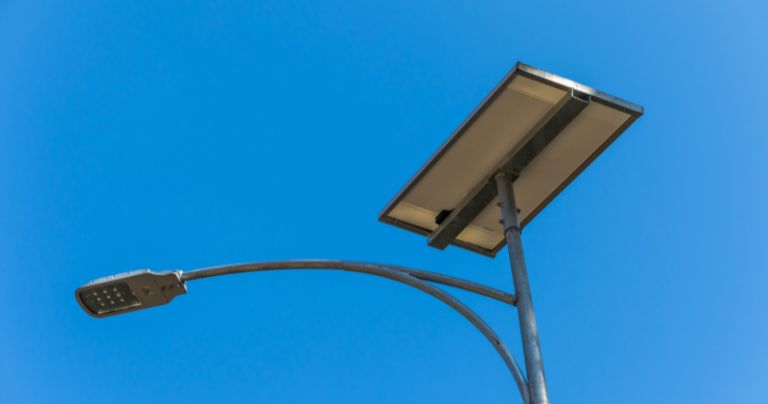
Ensuring Controller Competence
Regular System Checks
To maintain the controller’s efficiency, regular system checks are essential. These checks involve ensuring the firmware is up to date, the settings are correctly calibrated, and the sensors are clean and unobstructed.
Preventative Maintenance
Preventative maintenance can identify potential issues before they become problems. This might include cleaning the sensor lenses to ensure accurate light level detection or checking the battery connections to confirm that the controller can draw power without interruption.
The Impact on Efficiency
A well-maintained controller is the key to maximizing the efficiency of solar street lights. It ensures that the lights are only on when needed and at the right brightness, which conserves energy, extends the life of the battery, and reduces the need for frequent maintenance. In essence, the controller is the intelligent core of the solar street lighting system, a core that requires careful attention to keep the lights shining reliably night after night.

Why Must We Inspect Poles and Brackets with Vigilance?
The poles and brackets of solar street lights serve as the foundational pillars that support the entire structure. Their robustness is paramount, as they bear the weight of the panels, batteries, and lamps against gravity and weather. Vigilant inspection of these components is not just a matter of maintaining the light; it’s about ensuring public safety and the enduring presence of the solar street lights that line our communities.
The Sentinel Duty of Poles and Brackets
Battling the Elements
Poles and brackets are in a constant battle with the elements. Wind, rain, and the thermal expansion and contraction caused by temperature changes can all contribute to wear and tear. Regular inspections can identify rust, cracks, and other forms of deterioration that might compromise the structure’s integrity.
Ensuring Upright Stability
The vertical stance of a solar street light is a silent testament to the strength of its pole and the reliability of its brackets. These inspections are crucial to ensure that the lights remain upright and functional, especially in areas prone to severe weather.
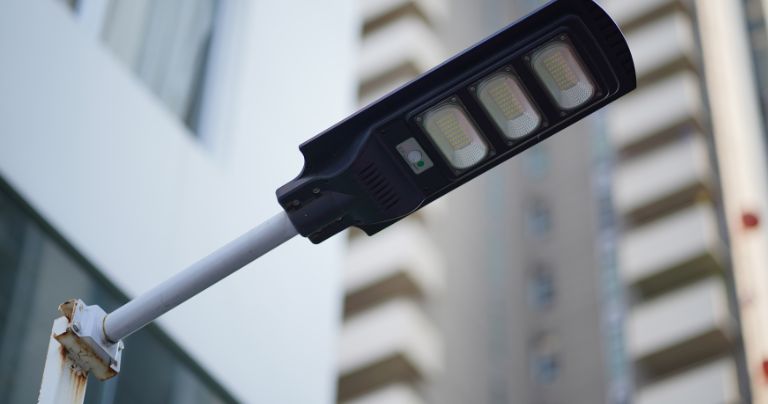
The Inspection Regimen
Visual and Physical Checks
A thorough visual inspection can reveal surface issues, but physical checks—such as testing the tightness of bolts and the solidity of the ground around the base—provide a deeper understanding of the pole’s and bracket’s condition.
Proactive Interventions
When inspections reveal potential issues, proactive interventions can prevent failures. This might involve applying protective coatings to prevent rust, tightening bolts and fixtures, or even replacing parts that are beyond repair.
The Assurance of Reliability
By maintaining the vigilance of inspections on poles and brackets, we not only preserve the functionality of solar street lights but also reinforce the trust in these systems as reliable, long-term solutions for urban lighting. It’s a critical task that underscores our commitment to safety, sustainability, and the seamless integration of solar technology into our daily lives.
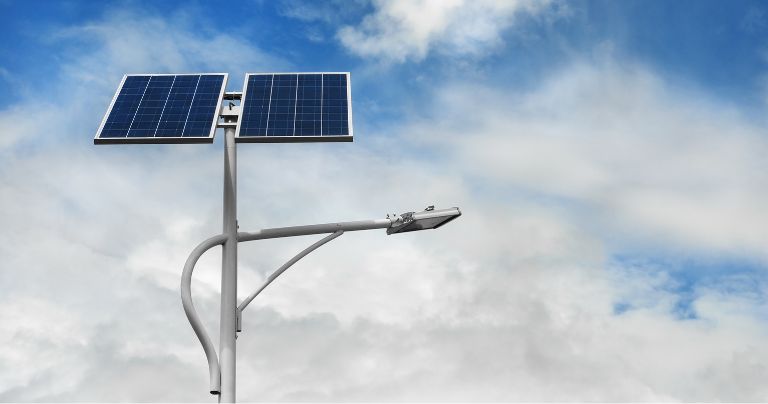
How Do We Safeguard Solar Street Lights Against Lightning?
Lightning strikes are a formidable force of nature, capable of wreaking havoc on the intricate electrical systems of solar street lights. To safeguard these essential fixtures, a robust lightning protection system is not just an addition; it’s a necessity. This system acts as a guardian, channeling the violent energy away from the vulnerable circuits, ensuring that our streets remain illuminated, even after a tempest has passed.
The Shielding Strategy
The Path of Least Resistance
Lightning protection systems are designed to provide a direct path for the lightning to follow, typically leading the surge safely into the ground. This path of least resistance is crucial to prevent the unpredictable electrical currents from damaging the solar street light’s more sensitive components.
Regular Reinforcement
Just as a knight maintains their armor, so must we regularly maintain the lightning protection systems of our solar street lights. This involves checking the grounding connections for corrosion, ensuring that conductive paths are clear, and verifying that surge protectors are functioning correctly.

The Maintenance Mandate
Inspection and Testing
Routine inspections are vital to detect any wear and tear that might compromise the system’s effectiveness. Testing the resistance of the grounding system ensures that, should lightning strike, the energy will be efficiently directed away from the electronic components.
Upgrades and Updates
As technology advances, so do the methods of protection against lightning. Keeping the system updated with the latest protective devices can significantly enhance its effectiveness, providing peace of mind that our solar street lights are defended against these powerful natural events.
The Assurance of Continuity
Through diligent maintenance and strategic upgrades, we can shield our solar street lights from the wrath of lightning, ensuring they continue to serve as reliable beacons. This protection is more than a technical requirement; it’s a commitment to the uninterrupted safety and sustainability of our public spaces, come rain or shine—or lightning.
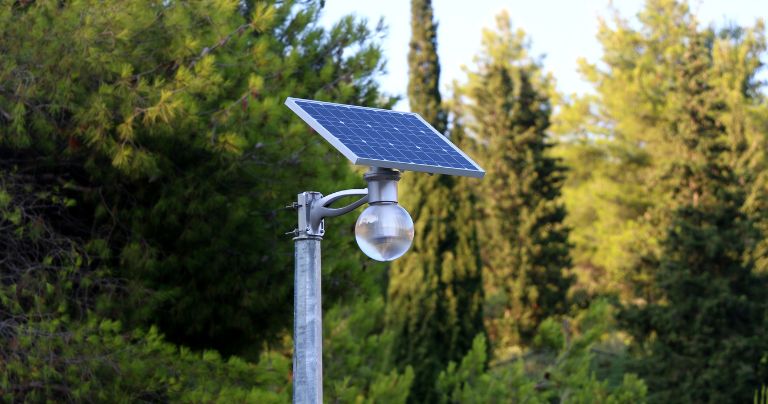
What’s the Verdict on Regular Maintenance?
Regular maintenance is the silent guardian of solar street lights, a commitment that ensures their longevity and reliability. It’s not merely a checklist; it’s a comprehensive approach to preemptively address the wear and tear that time and nature inflict upon these sentinels of our streets. By adhering to a well-structured maintenance plan, we can mitigate issues before they escalate into costly problems, ensuring that our commitment to clean, renewable energy remains unbroken.
Crafting a Custom Maintenance Schedule
Tailored to the T
Each environment presents unique challenges—from dusty roads to salty sea breezes—all of which demand a tailored maintenance plan. This plan must consider the local climate, the frequency of use, and the specific design of the solar street light system to be effective.
The Proactive Approach
A proactive maintenance strategy involves regular inspections, cleaning, and testing of all components. This includes the solar panels, batteries, lamps, poles, and even the nuts and bolts that hold everything together. It’s about catching the small issues before they escalate.
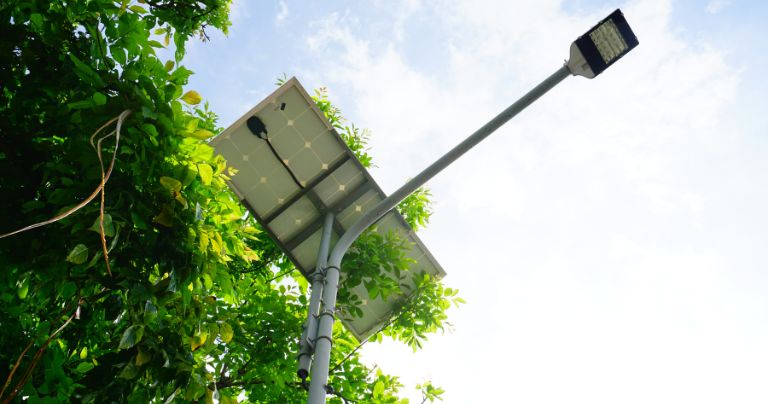
The Maintenance Execution
A Systematic Process
Maintenance is a systematic process that requires attention to detail. It involves cleaning solar panels to maintain energy efficiency, testing batteries for optimal performance, and inspecting structural components for stability and safety.
The Replacement Regimen
Part of regular maintenance is knowing when to replace parts that are beyond repair. This regimen ensures that each component of the solar street light is performing at its best, contributing to the system’s overall efficiency and safety.
The Assurance of Performance
Regular maintenance is the verdict that guarantees the performance of solar street lights. It’s an ongoing process that reflects our dedication to providing sustainable lighting solutions. Through this diligent care, we ensure that our solar street lights continue to brighten our streets, offering a beacon of sustainability that stands the test of time and elements.
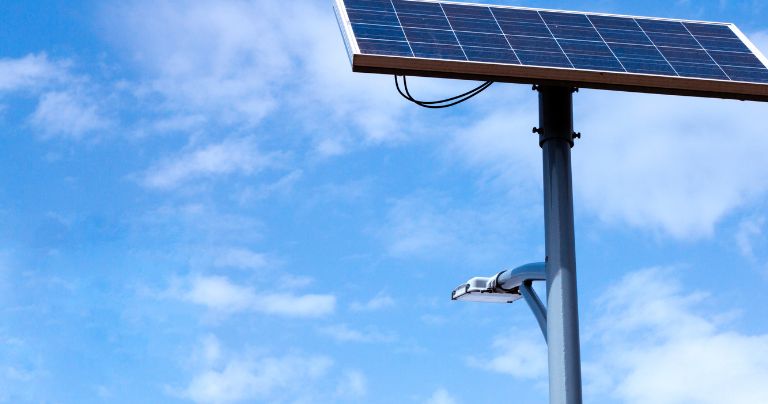
Conclusion
In the realm of solar street lighting, maintenance and repair are not just about preserving function—they’re about upholding a commitment to innovation, sustainability, and community enhancement.

